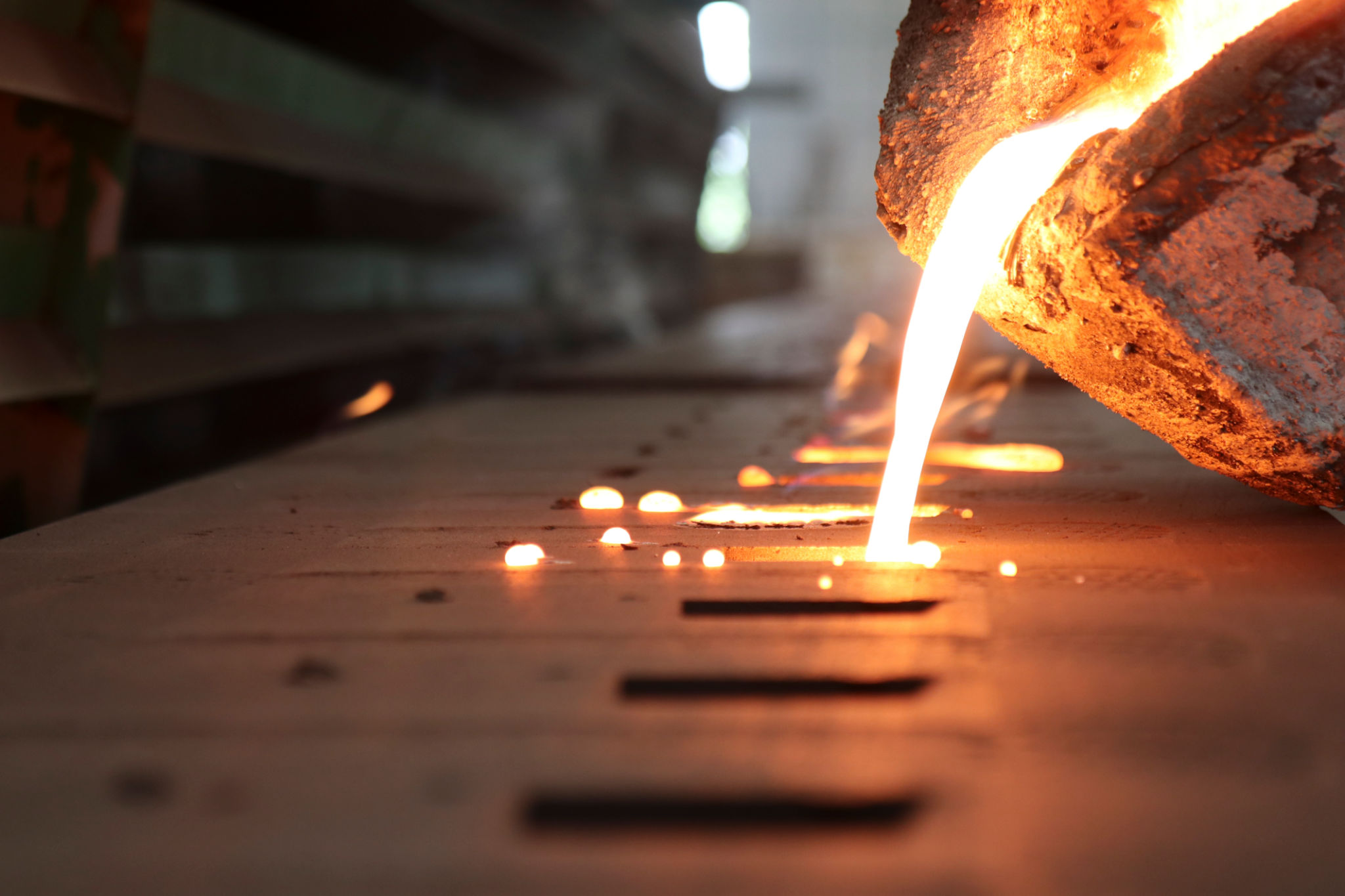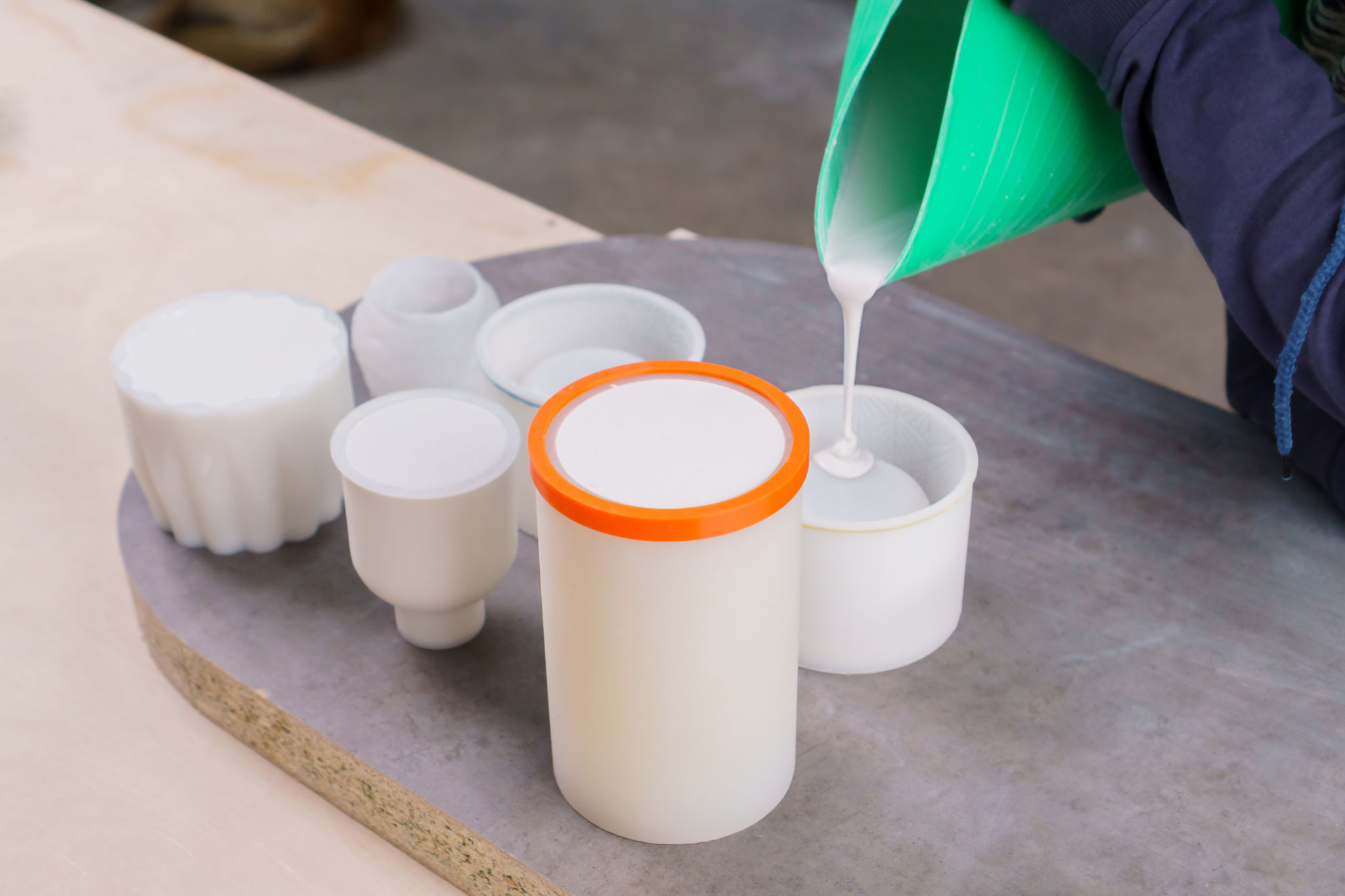Debunking Common Myths About Metal Casting
Introduction to Metal Casting
Metal casting is a process that has been integral to manufacturing for centuries. Despite its long history, several myths and misconceptions persist about this versatile technique. Whether you're a seasoned engineer or a curious hobbyist, understanding the realities of metal casting can lead to better decisions and innovations.

Myth 1: Metal Casting is Outdated
One of the most common myths about metal casting is that it’s an outdated process with no place in modern manufacturing. In reality, metal casting remains a crucial component in creating complex parts and structures. From automotive components to aerospace applications, casting provides a cost-effective solution for producing parts with intricate designs and excellent mechanical properties.
With advancements in technology, metal casting has evolved significantly. Techniques such as sand casting, investment casting, and die casting have been refined over the years, making the process more efficient and precise. Modern foundries utilize state-of-the-art equipment and computer-aided design (CAD) to optimize production and quality control.
Myth 2: Metal Casting is Only for Large-Scale Production
Another misconception is that metal casting is exclusively for large-scale industrial production. While it’s true that casting can efficiently produce large quantities of parts, it is also incredibly versatile for small-scale projects. Hobbyists and small businesses often use DIY metal casting kits to create custom parts and art pieces.

For example, lost-wax casting is popular among jewelers and artists for its ability to reproduce fine details. Meanwhile, small foundries offer custom casting services for prototypes and limited production runs, demonstrating the adaptability of this technique for various needs.
Myth 3: Metal Casting Produces Low-Quality Parts
Some believe that metal casting results in low-quality parts compared to other manufacturing methods like machining or forging. However, this myth couldn’t be further from the truth. The quality of a cast part largely depends on the materials used, the expertise of the foundry, and the specific casting method employed.
In many cases, metal casting can produce parts with excellent dimensional accuracy and surface finish. The ability to choose from a wide range of alloys also allows for tailored mechanical properties, making cast components suitable for demanding applications.

The Environmental Impact of Metal Casting
Concerns about environmental impact often arise when discussing metal casting. While the process does consume significant energy and resources, many foundries are implementing sustainable practices to reduce their carbon footprint. Initiatives include recycling scrap metal, using eco-friendly binders in sand molds, and investing in energy-efficient equipment.
Moreover, metal casting allows for near-net-shape manufacturing, reducing material waste compared to other methods. As industries aim for greener solutions, the continuous efforts to improve sustainability in metal casting are noteworthy.
Conclusion
Metal casting is a dynamic and essential manufacturing process that continues to evolve with industry needs. By debunking these common myths, we can appreciate the true value and potential of metal casting in both traditional and modern applications. Whether for large-scale industrial use or small creative projects, metal casting offers unmatched versatility and efficiency.
